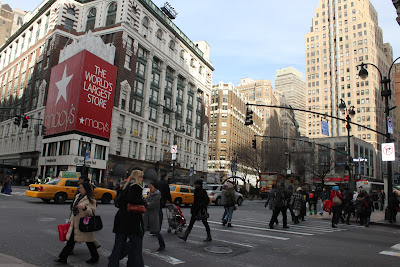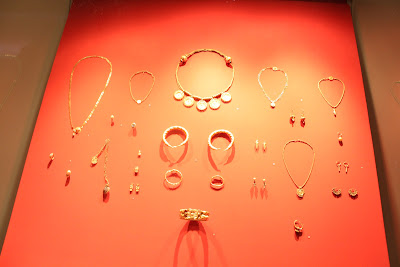New York is known to be a melting pot of different cultures. This means different ideals of different people from different walks of life. As a famous song would say, this city will inspire you. I was very lucky to have witnessed myself how rich and diverse the culture is in New York. And of course, considering how keen my eye is for details and beautiful structures in general, what caught my eye are the different architectural sightings. Needless to say, visiting this city will ignite an artist’s creative instincts because it presents so much vision.
Indeed, you cannot miss the famous NY landmarks and tourist attractions. I made it a point to go to the various establishments and places which the city is known for. Among others, I was able to visit the Statue of Liberty, Rockefeller Centre, the Chrysler Building, the Grand Central Terminal, the Metropolitan Museum of Art, and the famous Times Square.
Statue of Liberty

Empire State Building
Chrysler Building
Rockefeller Center
Time Square
Radio City
View from Top of the Rock
Ground Zero
I will not attempt to describe and elaborate on each of them since I am not an authority on these matters. Rather, I will try to share my general take on the majesty that is New York from my own point of view as an artist.
The diversity of the citizens in the big apple is probably the reason why its architectural assortment is so rich. All of the structures are significant representations of the seven continents of the world. Not only that. New York boasts of designs that are bold in pattern, colour, texture, abstractions, and inspiration. It presents so many stimulating experiences for the eyes that tourists like myself will feel the genuine love of the New York citizens for their city.
5th Avenue
Madison Square Garden
Grand Central
I fell in love with how the people from New York were able to freely characterize all the possible types of people you could think of. A part of the city structure will make you feel sophistication and class. Another area of the city structure gives off a general sense of calmness which is far from the hustle and bustle of the busy life of urban living. Other establishments and designs will cater to the artsy type of people, displaying eccentricities of many forms. Yet other fragments of New York houses cultural preservation, conserving centuries of history and civilization. And some other portions of the city contains structural enterprises which leans towards the metropolitan living, the fast-paced lives which most New Yorkers are used to.
Charging Bull (Wall Street Bull) Symbol of aggressive financial optimism and prosperity.
St. Patrick's Cathedral
Brooklyn Bridge
The detailed and varied architectural designs of the structures in New York City make it very difficult to label the general feel of the city, design-wise. Defining its design philosophy would be an insult because not one word lifted from the dictionary will accurately state how beautiful New York is or what exactly sets is apart from all the cities in the world. One thing, though, is for sure: New York, in itself, is a huge work of art, a virtual museum which you should never miss in your lifetime.



















































